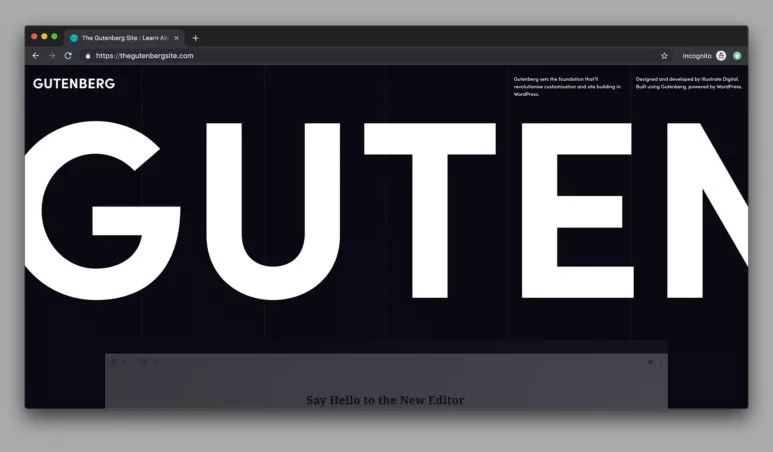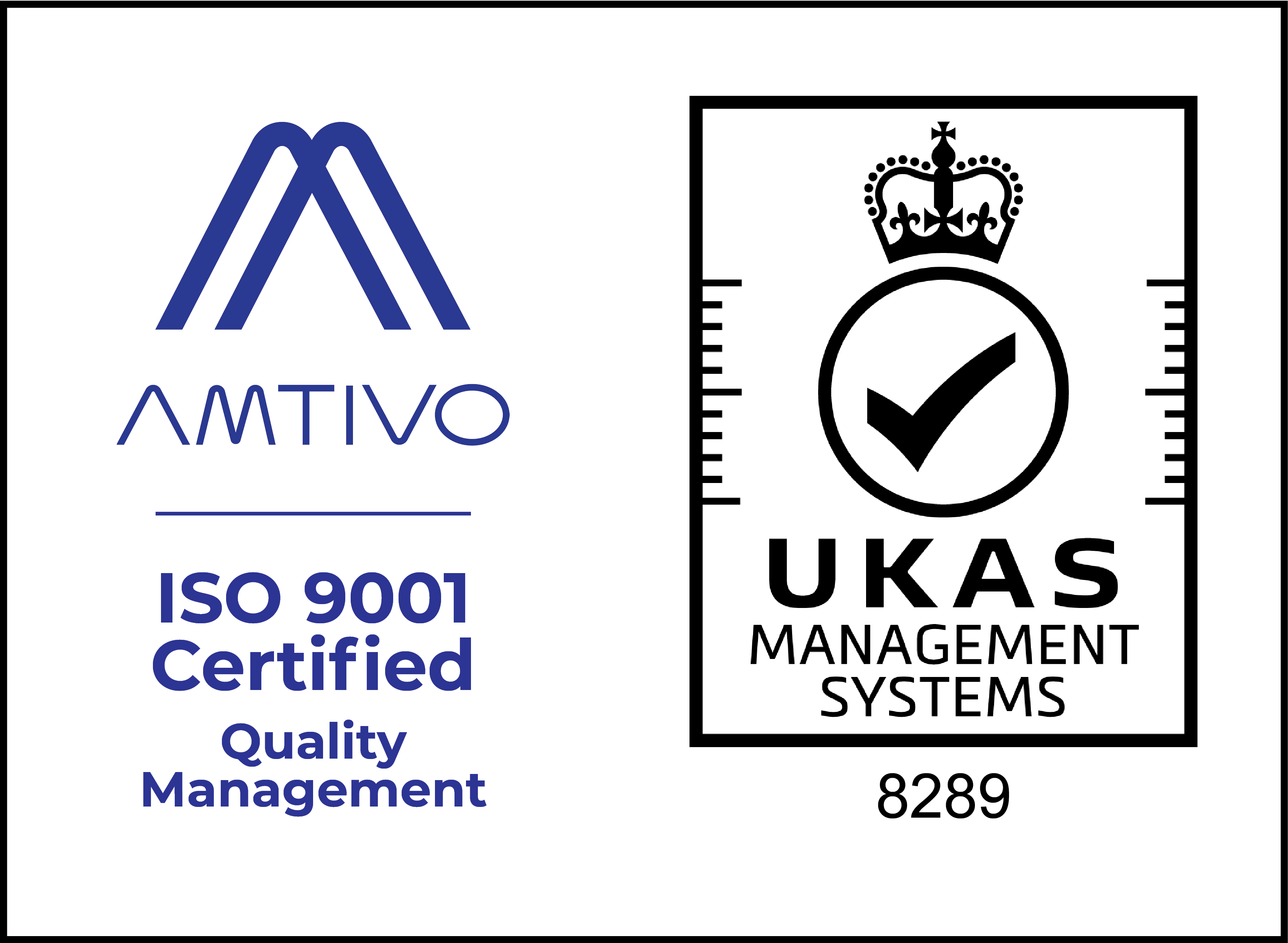Running a WordPress blog is great fun, isn’t it? With so many customisable options, plugins and themes available, as well as an inclusive community of fellow bloggers and developers, it’s easy to feel both blessed and overwhelmed by the platform’s scope.
However, there is always room for UX improvements. Here, we list how to improve your WordPress blog in a way that might even leave you feeling like a WordPress expert. 😉
Analyse the Data
How do you know what to improve if you know nothing about your blog’s users? This is where you should return to your blog’s analytics and data, but this is a wide net of information – so how do we separate the wheat from the chaff?
Google Analytics, for example, chucks so many numbers and stats at you that it’s easy to feel overwhelmed, but once you break down which web metrics apply to you the most, then you can develop a blueprint on how to increase WordPress blog traffic.

Typically, in order to prioritise interactions, you should focus on the following statistics:
- Sessions
- Bounce rate
- Average time on page
The data from these three main data sets will give you an idea of how many users are visiting your blog, which pages they are ‘bouncing’ from, as well as an idea of where your blog hooks and bores.
Sessions
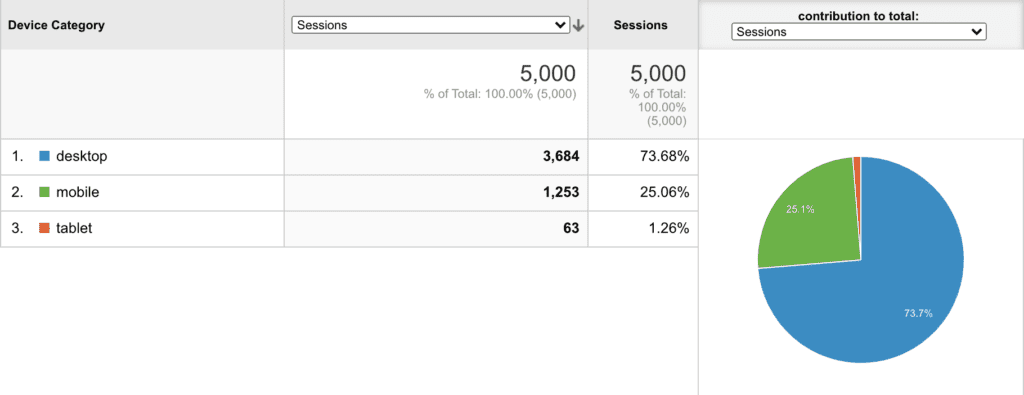
Sessions is a plain report on the total number of visits to your WordPress blog, including new and repeat visits. You should use this to get a general idea of how much interest your blog is getting, but don’t get too obsessed with the stat.
Bounce Rate
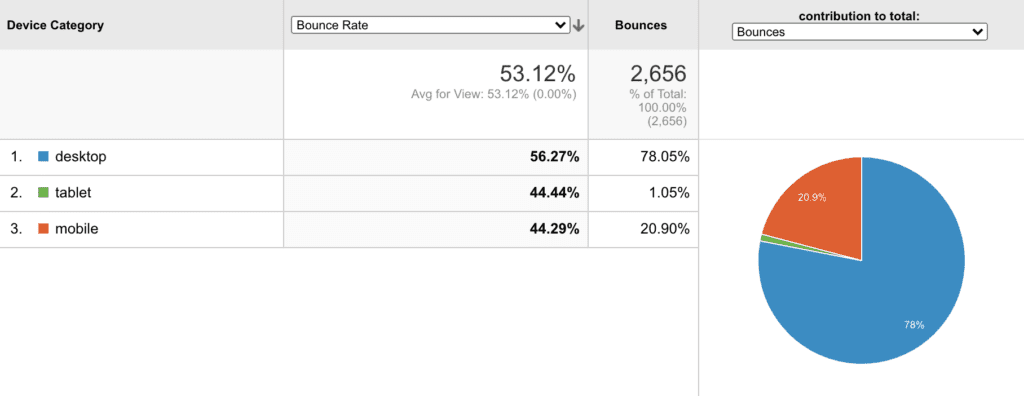
Next, bounce rate indicates when users visit a page, but then leave immediately after. In essence, they are not staying on your blog. High bounce rates are normal for blog-based websites, but having it too high can indicate problems with your blog’s design or opening paragraphs.
Average Time on Page
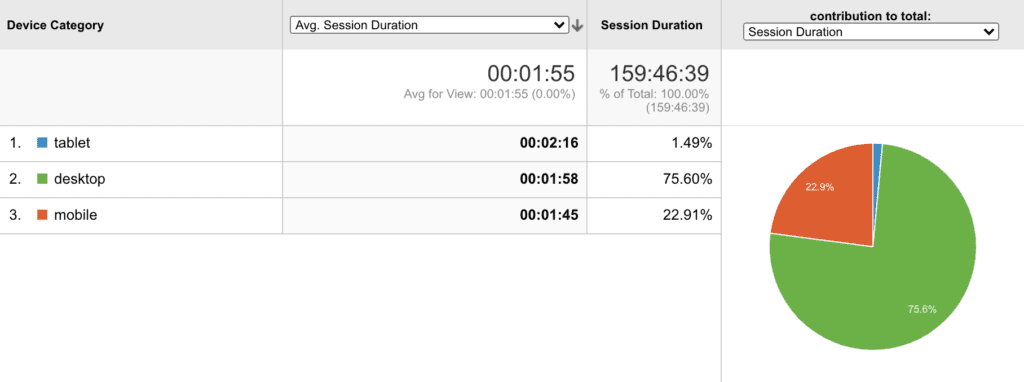
Finally, the average time on page can help you calculate which part of your blog is losing interest so you can amend accordingly.
Once you are armed with the data, then you can start employing the right methods to increase blog traffic and interactions. From that, you can start building a strategy.
Using Proper Design Principles
Design isn’t simply colour theory and making things look nice. In a WordPress blog, you need to keep in mind visual hierarchies, composition, negative space, focal points, typography and a series of other equally important points. Most importantly, the design of a WordPress blog needs to appease both you and your audience.
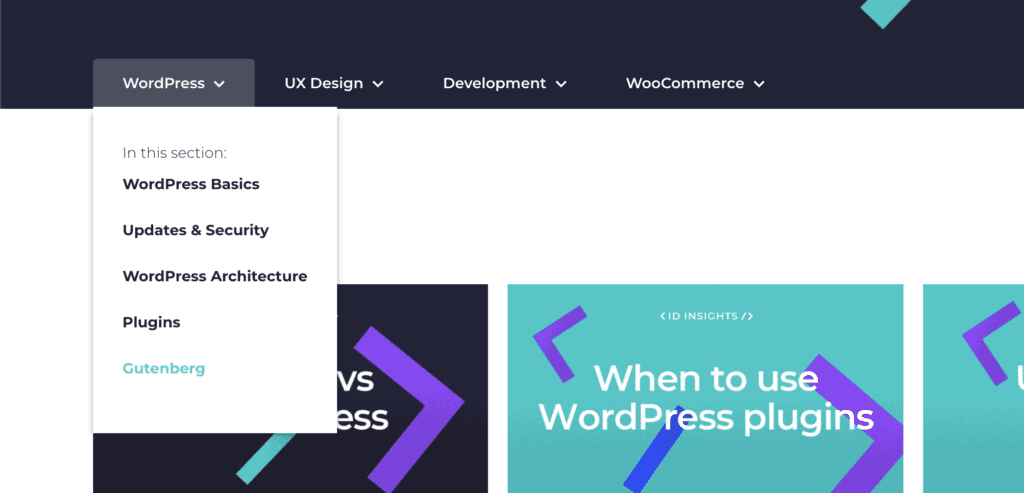
How can you check if a blog’s final design is suitable before publication, though?
This can be achieved in the mockup stage, so you can see the styles and branding clearly. Here, you can get an in-depth view of a blog’s design; this is the stage where you need to be fussy and view your website from a user’s perspective.Visual mockups can
give you a chance to look over styles, flows, font sizes and the overall design of the page as clearly as possible. At Illustrate Digital, for example, we offer a true representation of your website in this stage, so it’s everything you expect when it goes live, both for you and your users.
We understand how design affects your ongoing site development and the importance both design and development have on interactions – that’s why our UX design work always comes from a content-editing perspective.
Prioritise UX
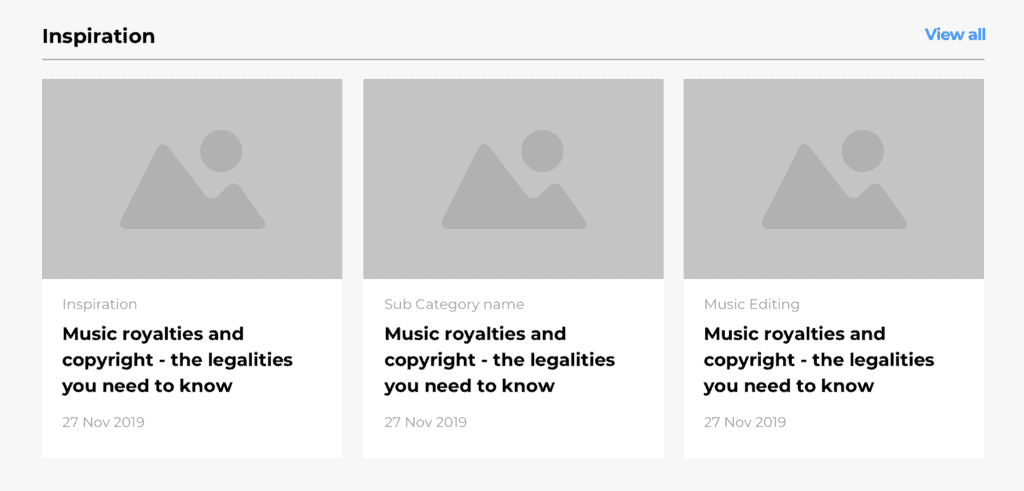
UX – User Experience Design – is a catch-all term for the process of enhancing and customising the usability, accessibility and flow of a website. Typically, you’ll want your blog to hit the following qualities:
- Immediately intuitive, requires little to no time for familiarity
- Responsive and lag free
- A consistent standard of design and functionality across your blog
- Not resource intensive
- Nice to look at
- Have clear, legible visual CTAs and social buttons
Visitors on your blog are instinctively judgemental. Perhaps even unconsciously, a user will immediately judge your website on a combination of the above factors; if even one of the above qualities falls below standard, a user will likely bounce somewhere else.
How, then, do you create a standard of UX that appeals to your audience and internet users at large?
You’ll want to establish simple navigation, as well as prioritising speed on both desktop and mobile. Ensuring there’s a strong call to action at the end and/or middle of the copy is essential, along with easily attainable contact information and social media button links.

Illustrate Digital can help with UX design by establishing structural, interactive wireframes that can depict how users will flow through your site, as well as detailed visual mock-ups and the full expertise of our integrated UX team.
Blog-Friendly Plugins
Certain WordPress plugins can be like a dream for improving a WordPress blog. Plugins like Yoast should be a staple as it provides broad-stroke recommendations on copy, as well as a concise SEO check-up on individual blog posts.
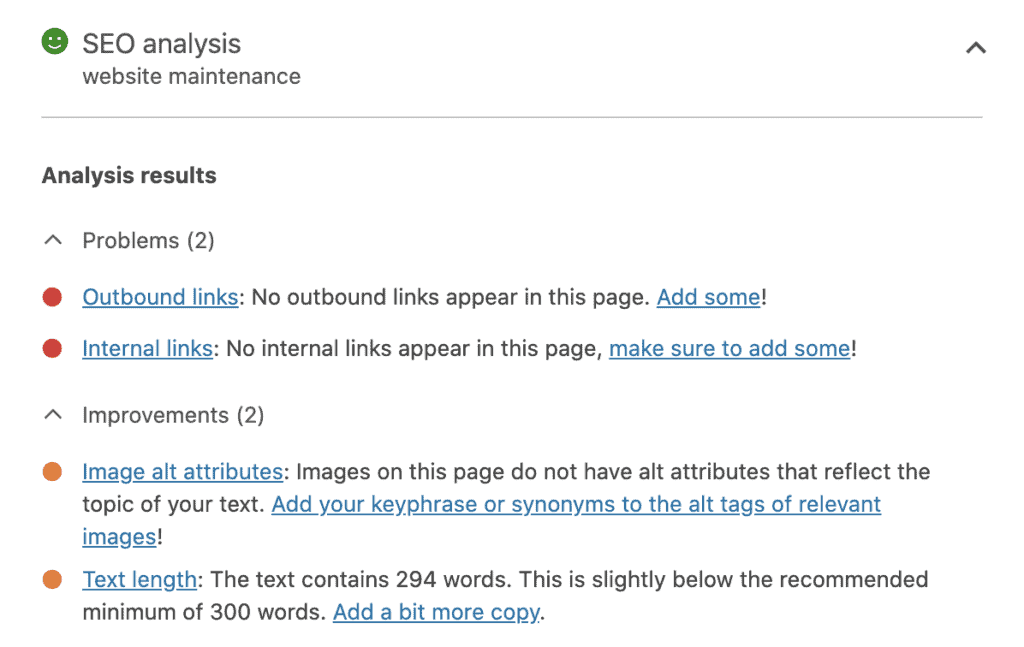
Other plugins like PublishPress can help with editorial workflows, whereas options like MonsterInsights can act as a direct Google Analytics plugin. In essence, there’s a plethora of plugin options, but you need to work out which ones will benefit your blog the most.
We’ve put in-depth articles together focussed on WordPress plugins to avoid and also when and how to use WordPress plugins, to help you decide and to be sure you’re not bloating your site with too many of them!
Make Your Blog SEO Friendly
Underpinning most of the above points is SEO. If you’re making your blog better for readers generally, then this usually falls in line with what search engines want to see. If you want to funnel more users to your blog and improve interactions, strong SEO is the fundamental philosophy you should follow.
If you need to improve WordPress traffic, then you’ll have to undergo keyword research and optimise your blog along these relevant keywords. If you match your blog content with relevant, well-researched keywords, then the users will come. Keeping them there is achieved by great content, as well as the aforementioned UX and design principles.
Want to Transform Your WordPress Site?
Illustrate Digital, as a creative WordPress agency, knows the platform inside out. The most direct way to improve your WordPress blog is to get in touch with a WordPress expert like us; with plenty of experience in how to increase WordPress blog traffic. We’re here to help!


